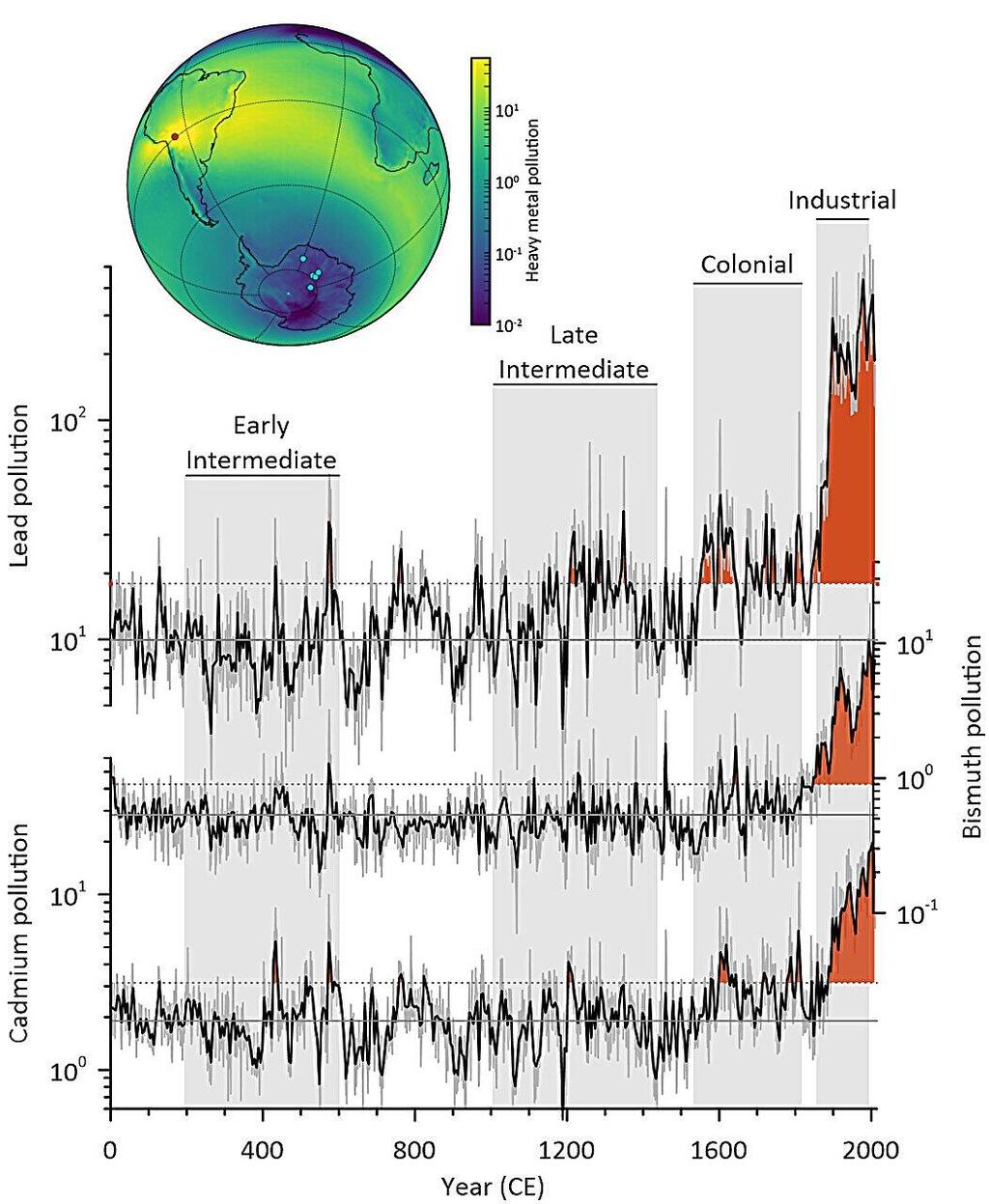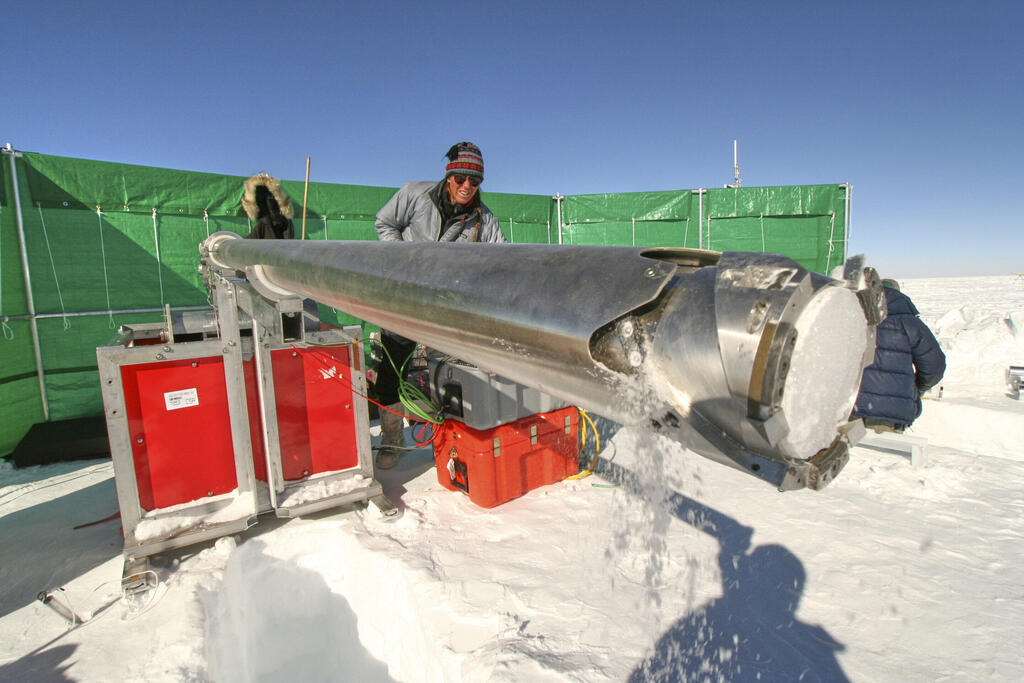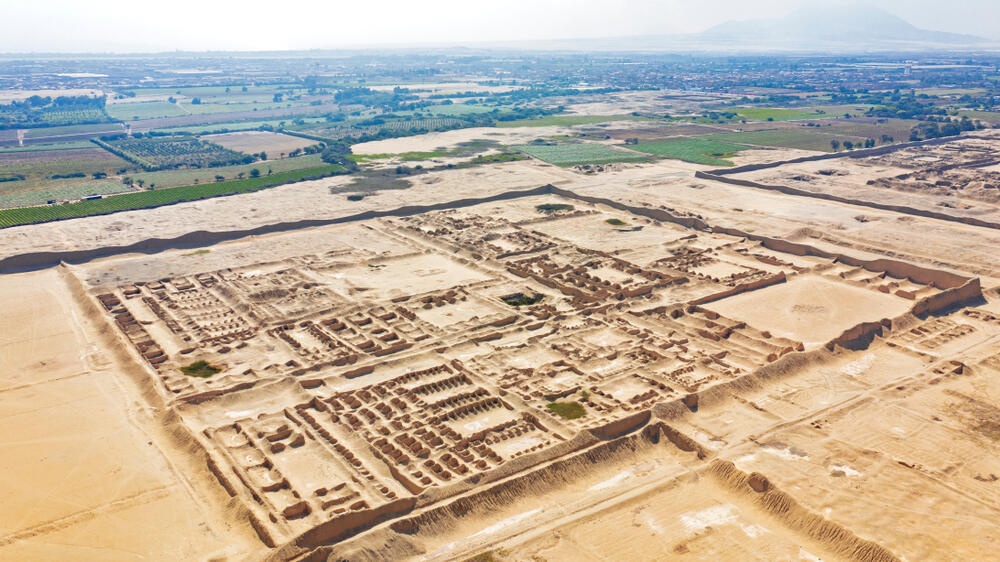During the examination of ice cores from Antarctica, scientists have made a remarkable discovery that reveals the presence of toxic heavy metal pollution caused by human activities, dating back centuries before the Industrial Revolution. This unexpected finding serves as a unique connection between Earth's history and the development of human societies.
Read more:
In a recent study published in the journal Science of The Total Environment, researchers determined that ice cores from Antarctica provide evidence of lead and other toxic heavy metals associated with mining activities, which contaminated the Southern Hemisphere as early as the 13th century.
The alteration of Earth's atmosphere by human actions, such as the burning of fossil fuels, use of fireplaces, and the release of contaminated dust from mining, has a profound impact on the planet. These activities leave a lasting imprint on the environment, and the effects can be observed in the everlasting polar ice, which acts as a time capsule, preserving records of these impacts over time .
This discovery sheds light on the significant influence of human activities on the environment, even in historical periods predating the Industrial Revolution. It underscores the importance of understanding the long-term consequences of our actions and provides valuable insights for scientists and historians studying the intertwined relationship between Earth's history and human societies.
Researchers write: "Records from polar and alpine ice reflect past changes in background and industrial toxic heavy metal emissions. While Northern Hemisphere records have been used to evaluate environmental effects and linkages to historical events such as foreign conquests, plagues, economic downturns, and technological developments during the past three millennia, little is known about the magnitude and environmental effects of such emissions in the Southern Hemisphere or their historical linkages, especially prior to late 19th century industrialization."
Lead study researcher, Joe McConnell, Ph.D, said: "Seeing evidence that early Andean cultures 800 years ago, and later Spanish Colonial mining and metallurgy, appear to have caused detectable lead pollution 9,000 km away in Antarctica is quite surprising."
Scientists have made a groundbreaking assessment of human impact on lead pollution in Antarctica, dating back as far as 2,000 years ago. This study also marks the first comprehensive evaluation of thallium, bismuth, and cadmium pollution in the region. Apart from bismuth at low levels, these heavy metals are highly toxic and pose significant risks to both human health and ecosystems.
The research team discovered that the initial surge in heavy metal pollutants, particularly lead, occurred around the year 1200. Interestingly, this timeframe coincides with the establishment of urban communities by the Chimú people on the north coast of South America.
Study co-author, Charles Stanish, Ph.D., said: "These settlements required vast amounts of silver and other metals obtained through mining."
Lead emissions during the 12th and 13th centuries, which align with the Antarctic ice records, were likely due to the presence of lead in silver ores. Notably, samples of lake sediments in Bolivia's Potosí region also indicate lead emissions during this period.
3 View gallery


A graph showing increase of metal toxicity in Antarctica
(Ilustration: Desert Research Institute)
After the arrival of Spanish settlers in South America in 1532, a more persistent and consistent form of pollution emerged. Potosí, which became the primary source of silver for the Spanish Empire and the largest global supplier, played a significant role in this pollution.
The analysis of ice records revealed a significant decrease in lead pollution between approximately 1585 and 1591. This decline coincided with the occurrence of severe epidemics that devastated Andean communities. Scientists made an intriguing connection by comparing silver registrations at the Colonial Mint in Potosí with the ice core data, suggesting a correlation between the drop in pollution levels in Antarctica and the historical records of silver production.
DRI post-doctoral researcher and coauthor on the study, Sophia Wensman, Ph.D., added: "It’s pretty amazing to think that a 16th-century epidemic in Bolivia altered pollution in Antarctica and throughout the Southern Hemisphere."
The techniques developed in this study hold the potential to enhance our understanding of pre-industrial pollution levels in the Arctic. Mining and metallurgy were more prevalent in the Arctic region earlier in human history compared to South America. By applying the methods used in this research, scientists can refine their knowledge of historical pollution in the Arctic.



